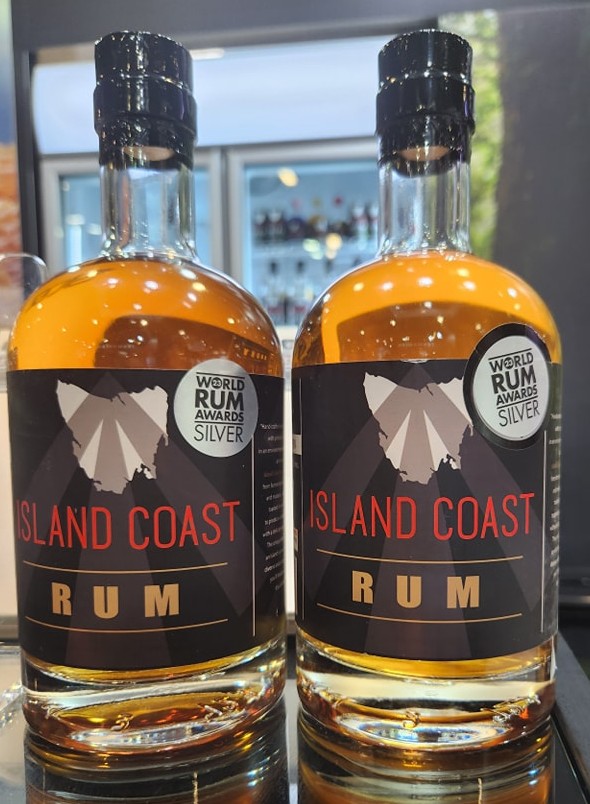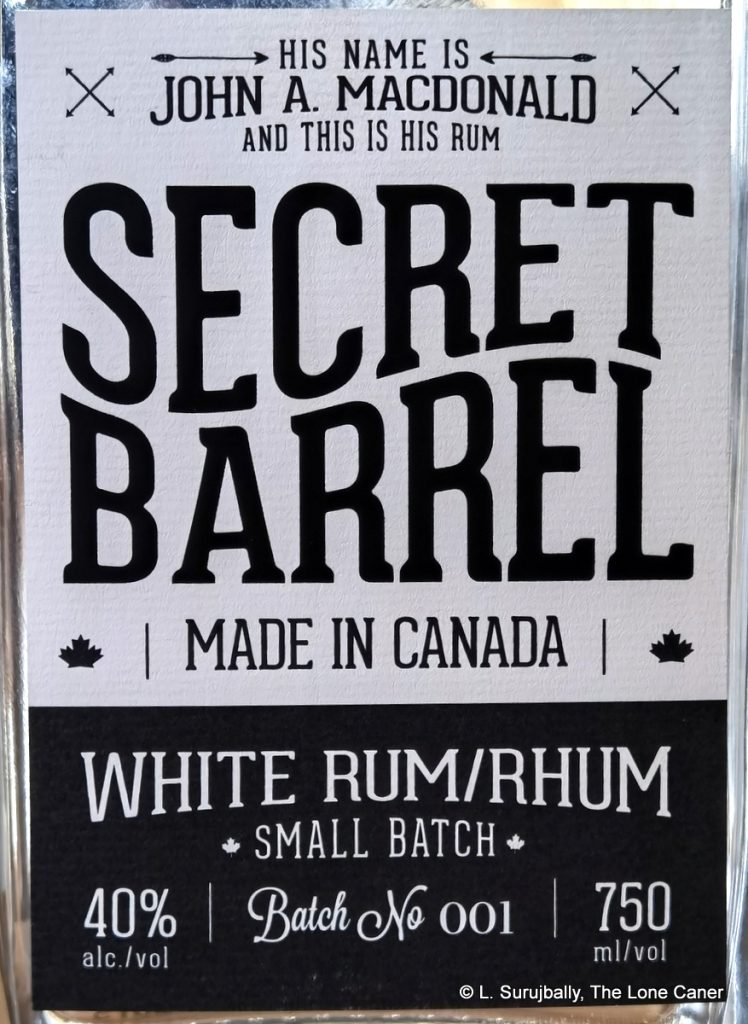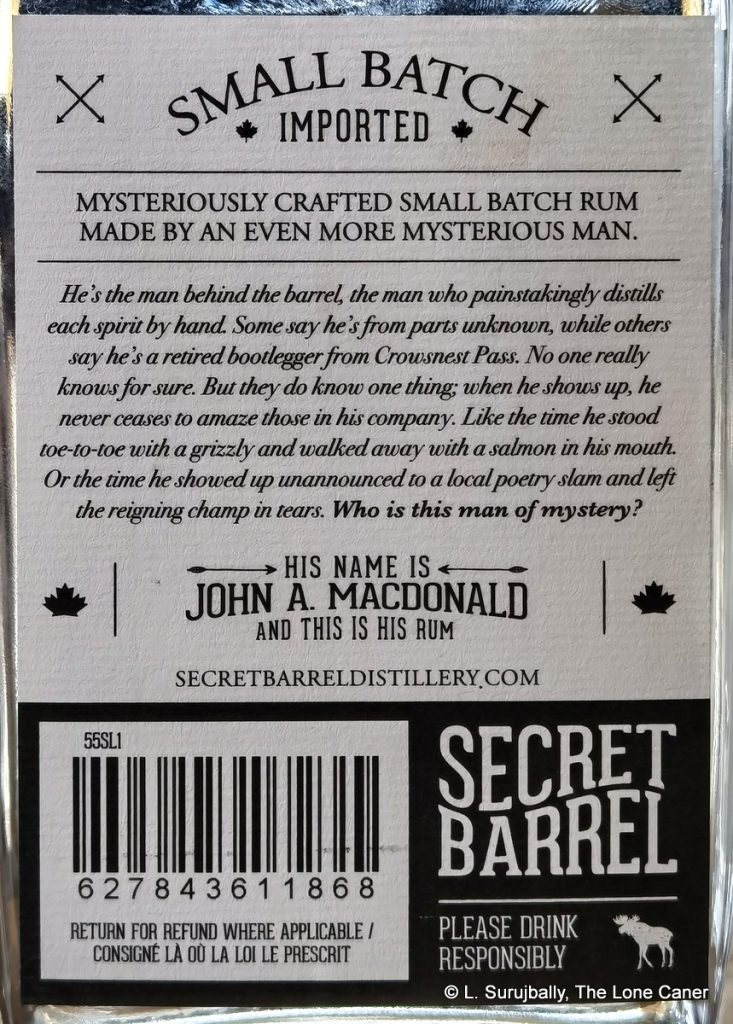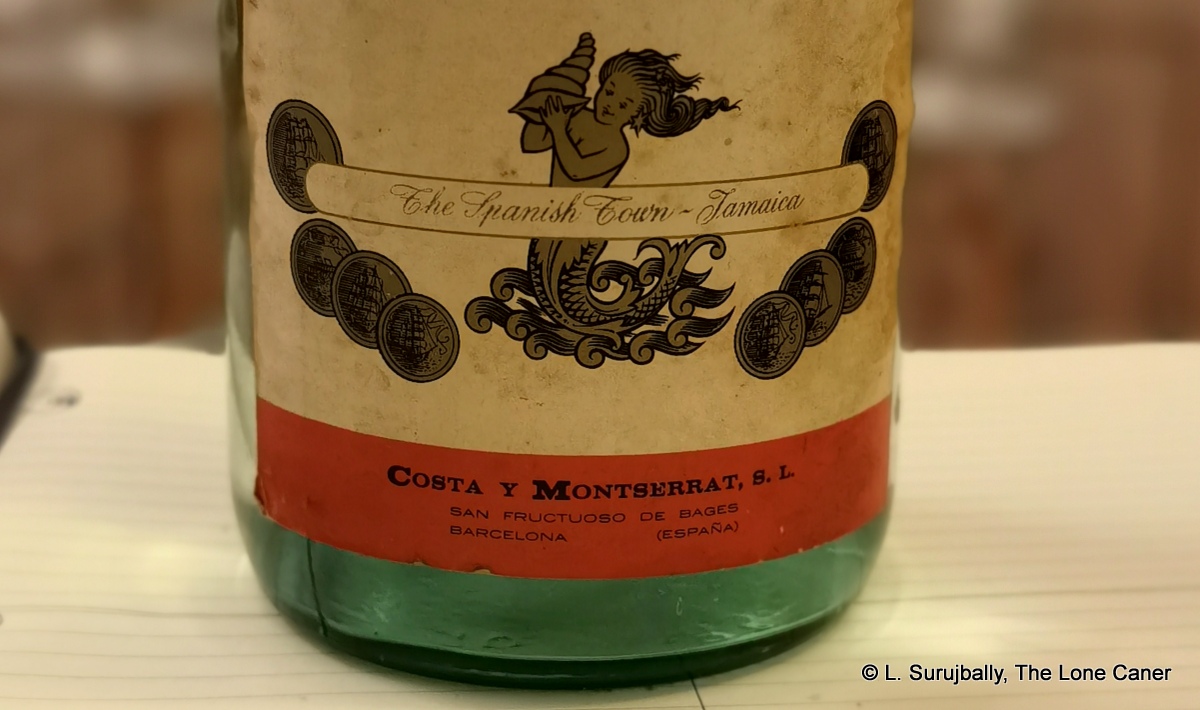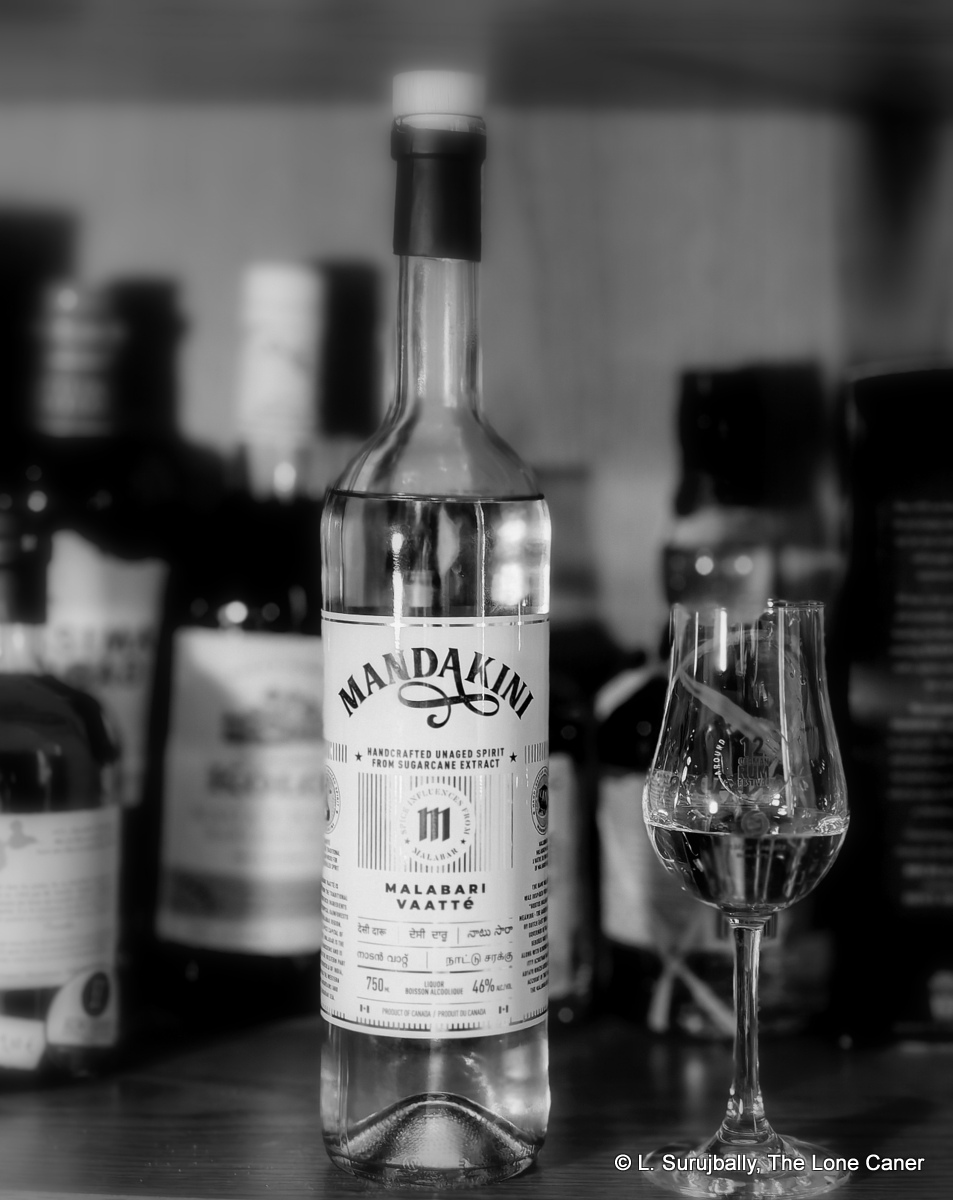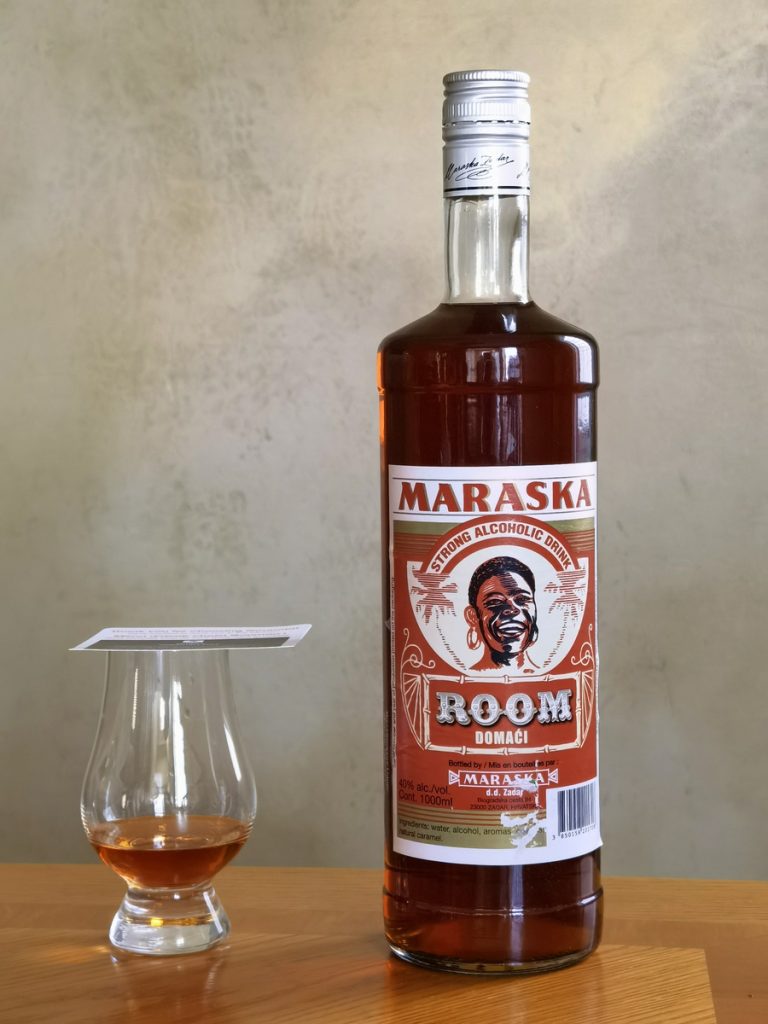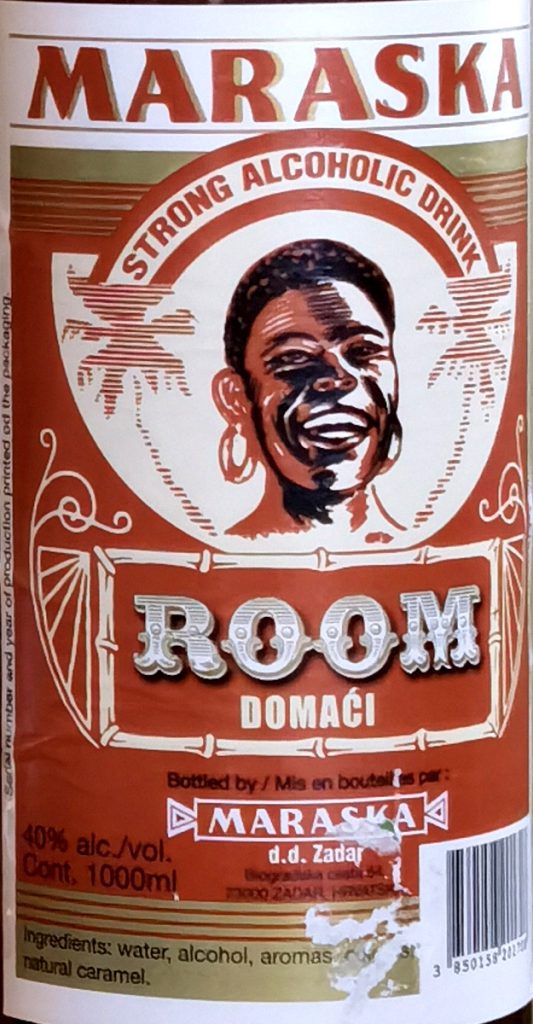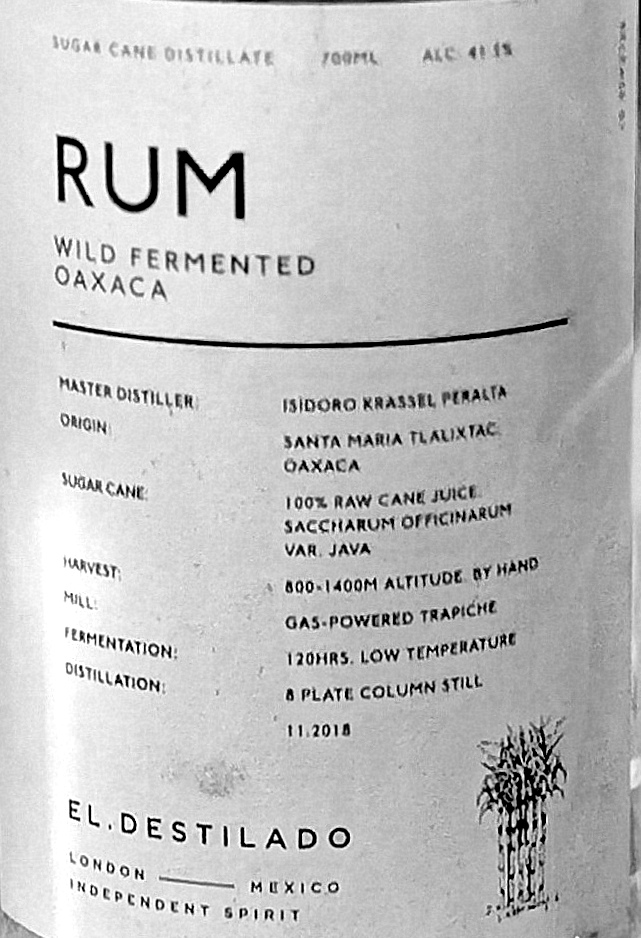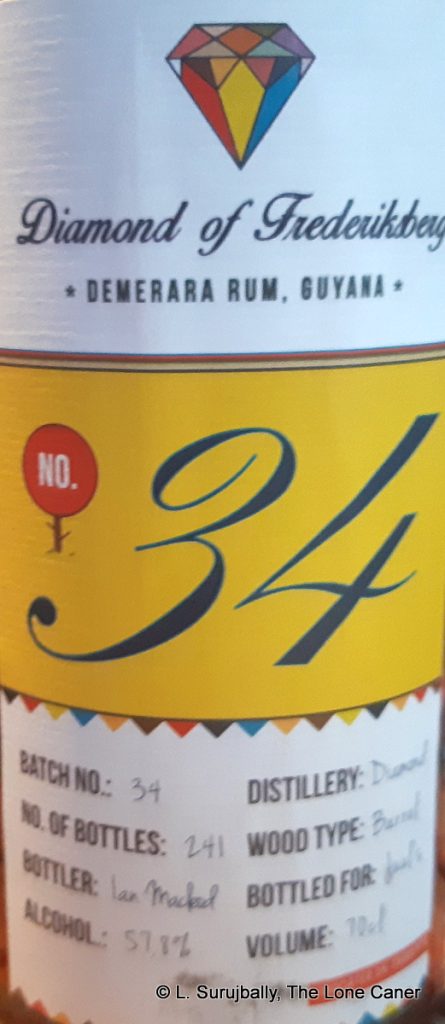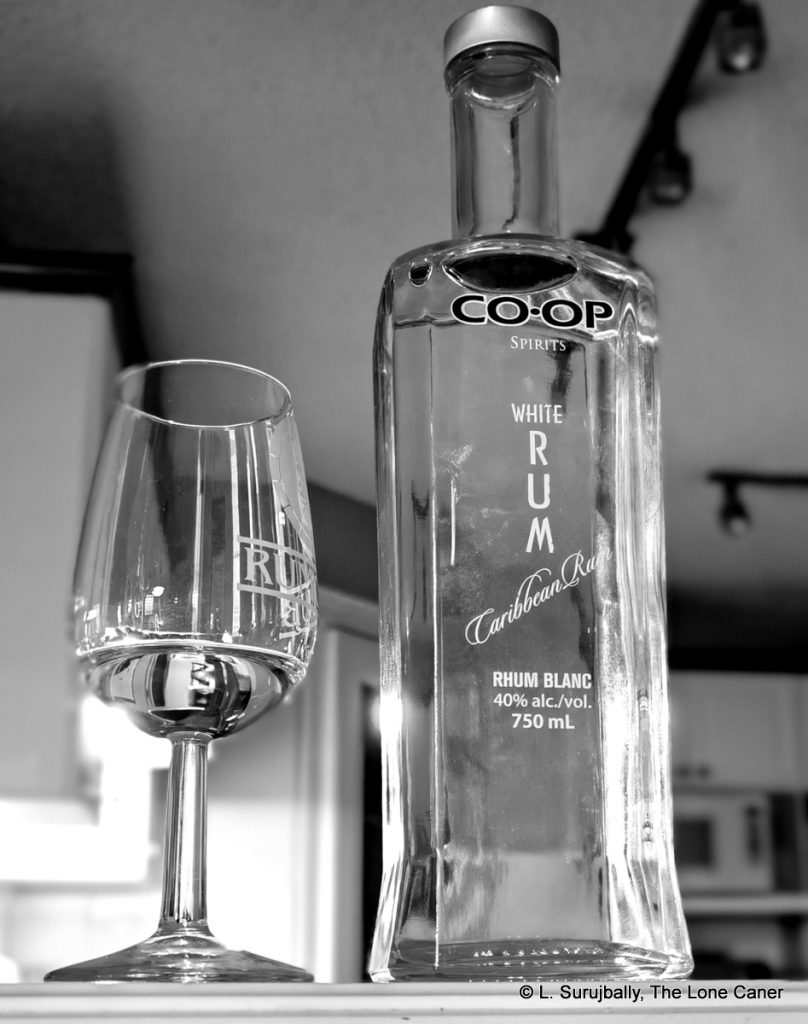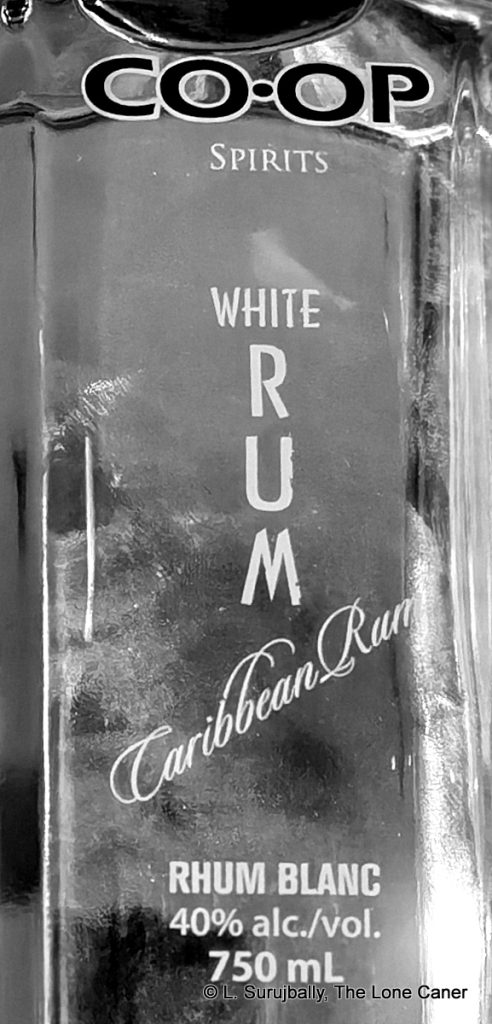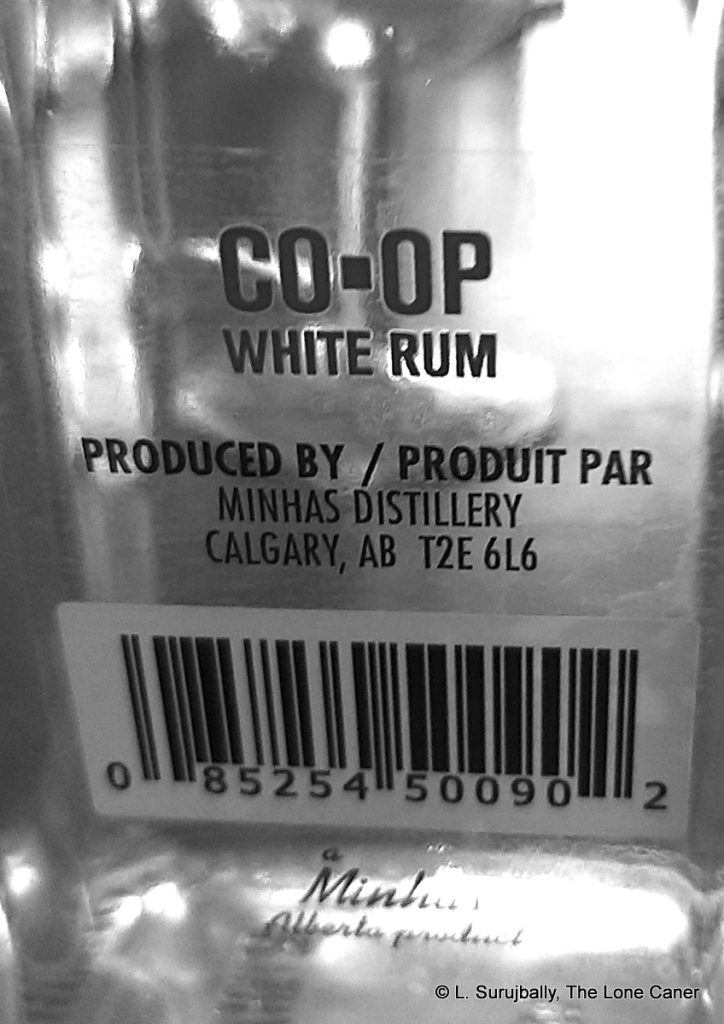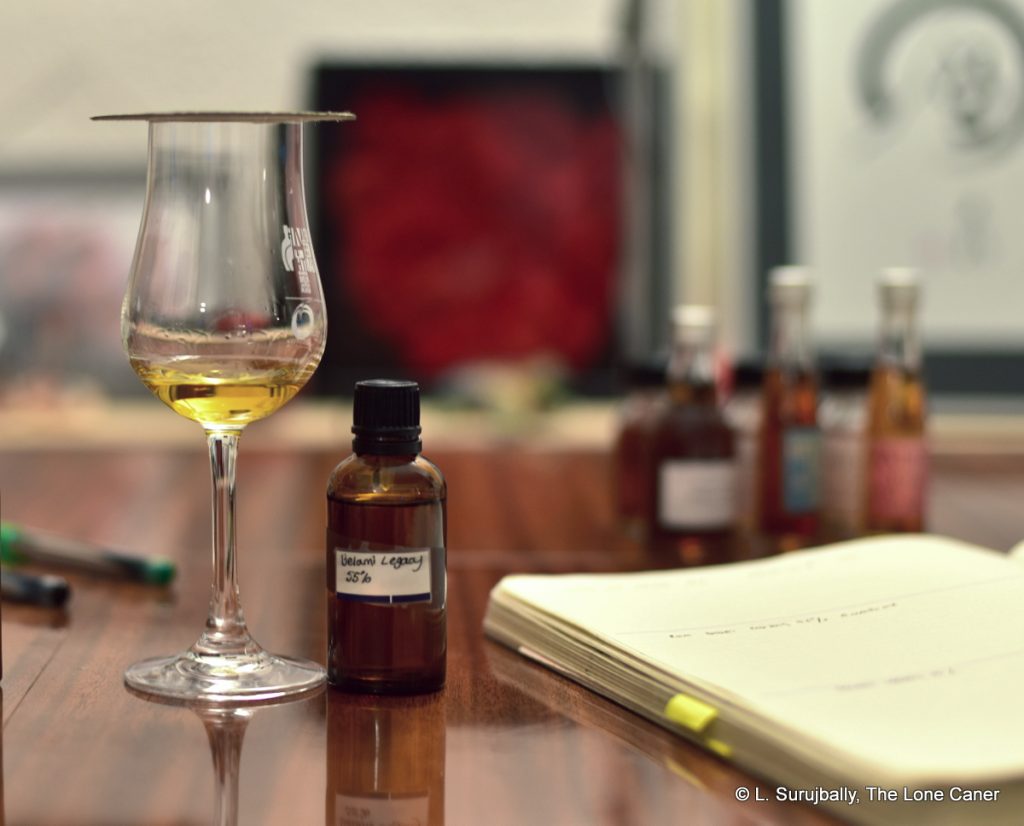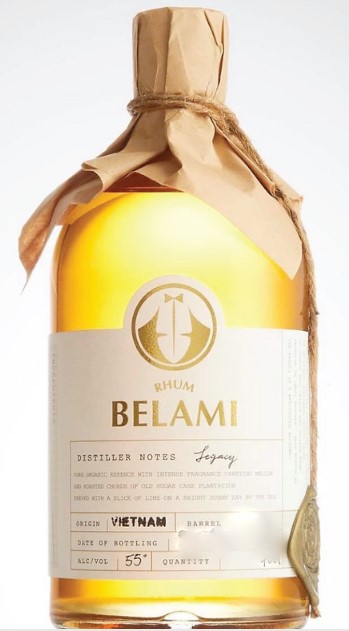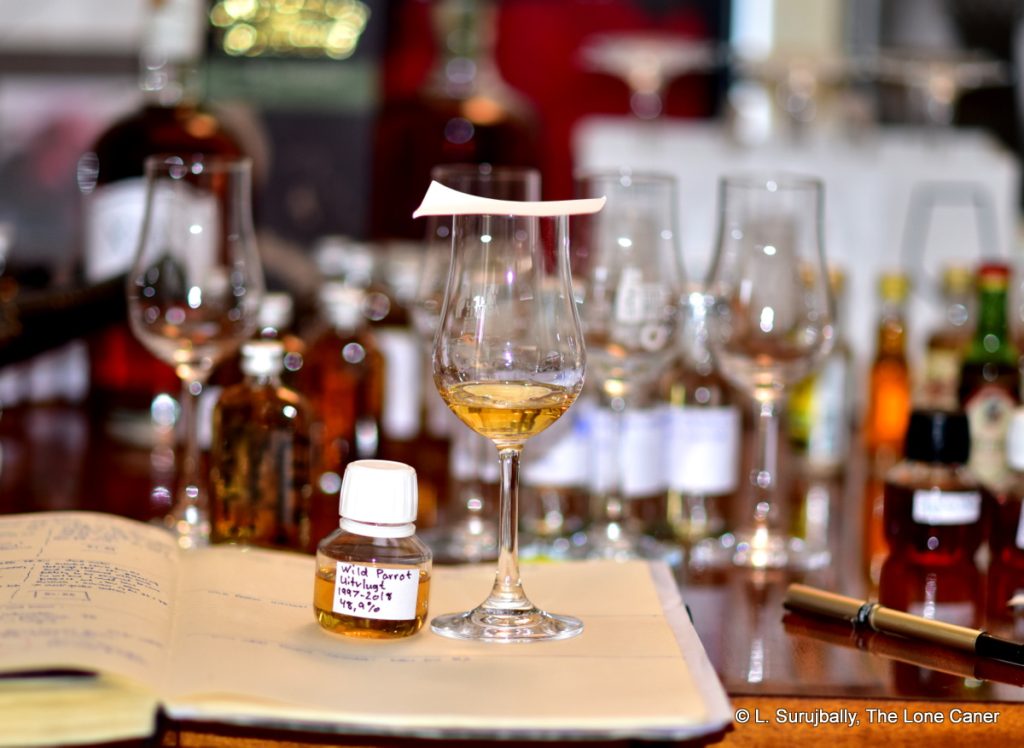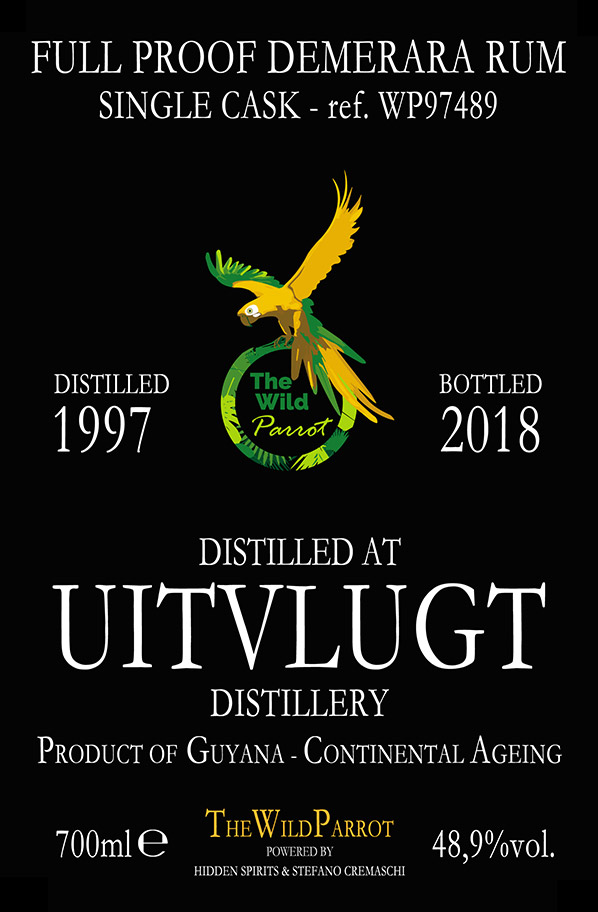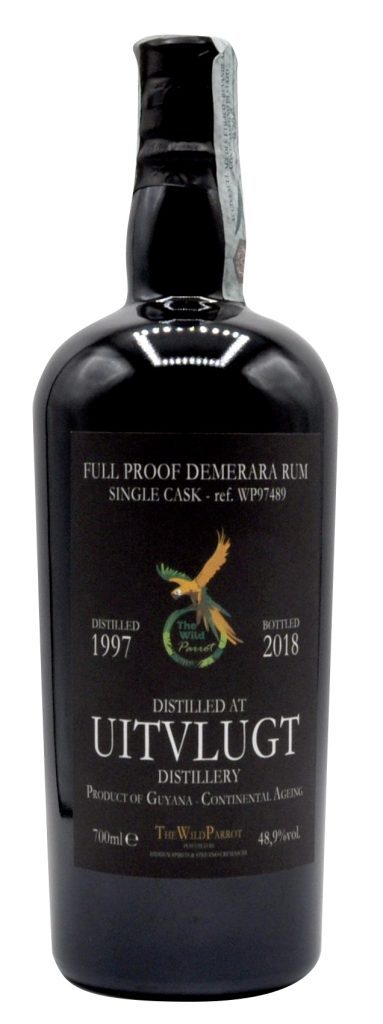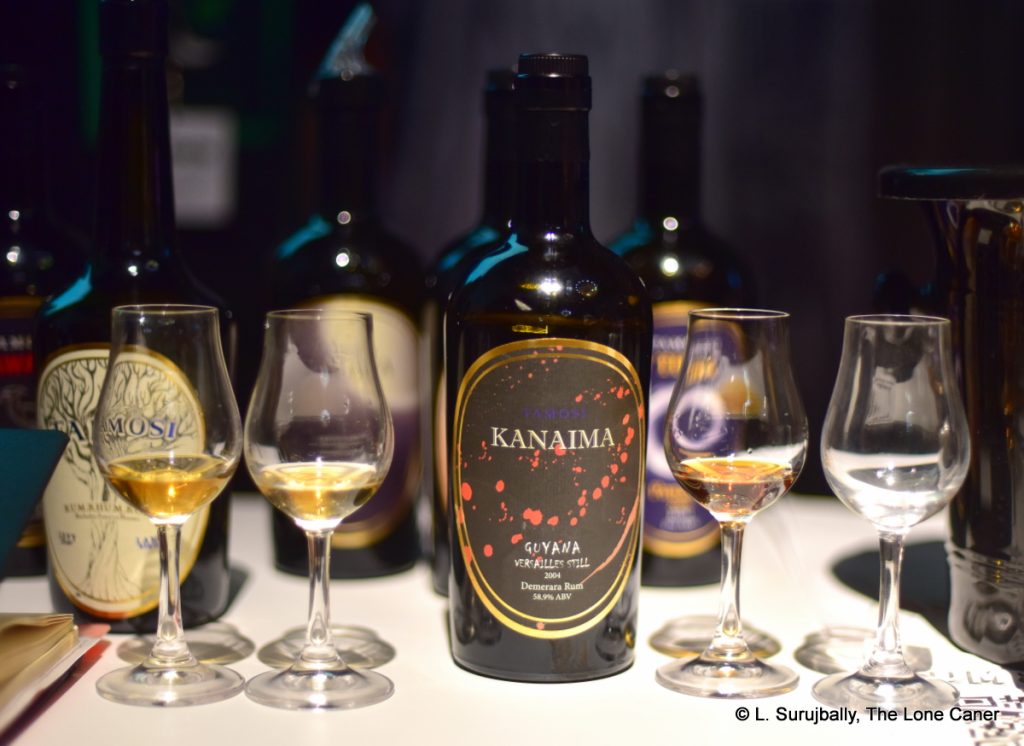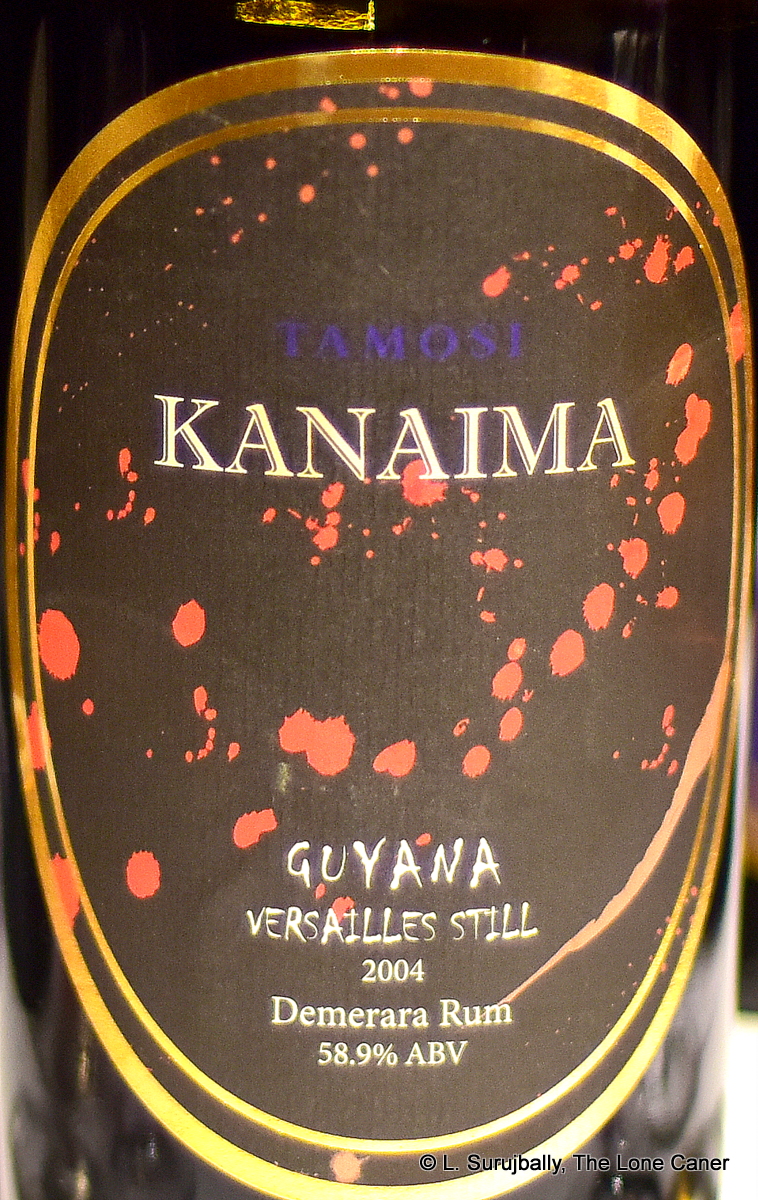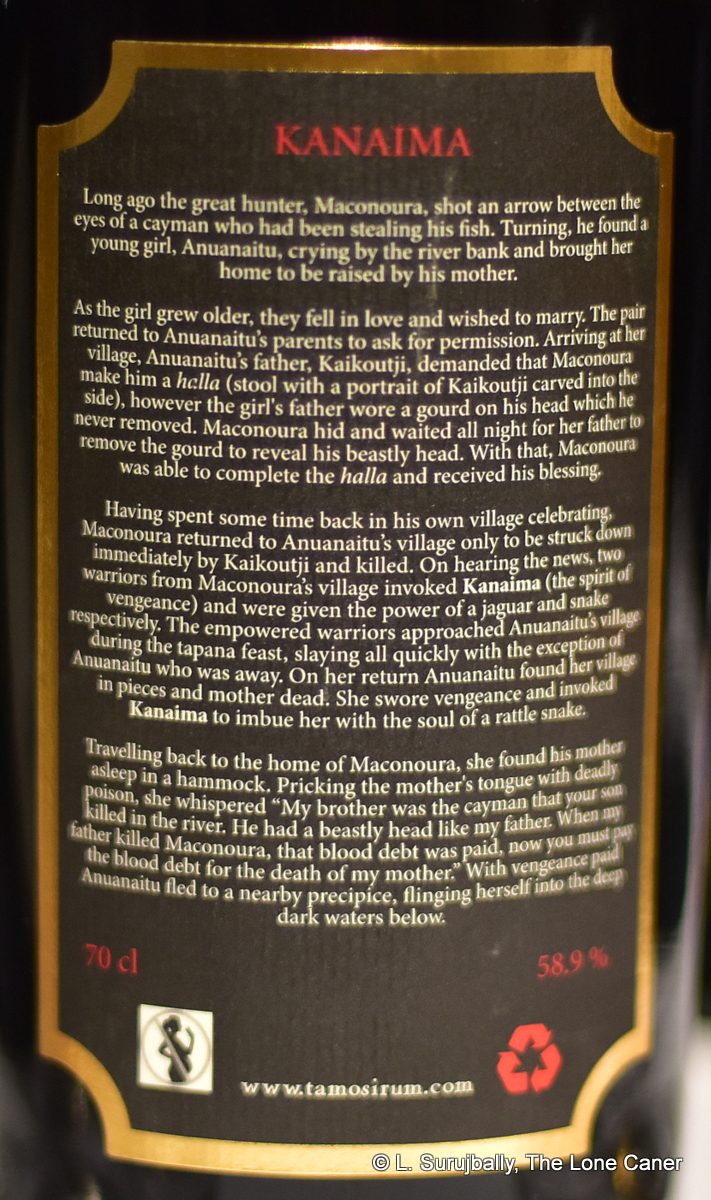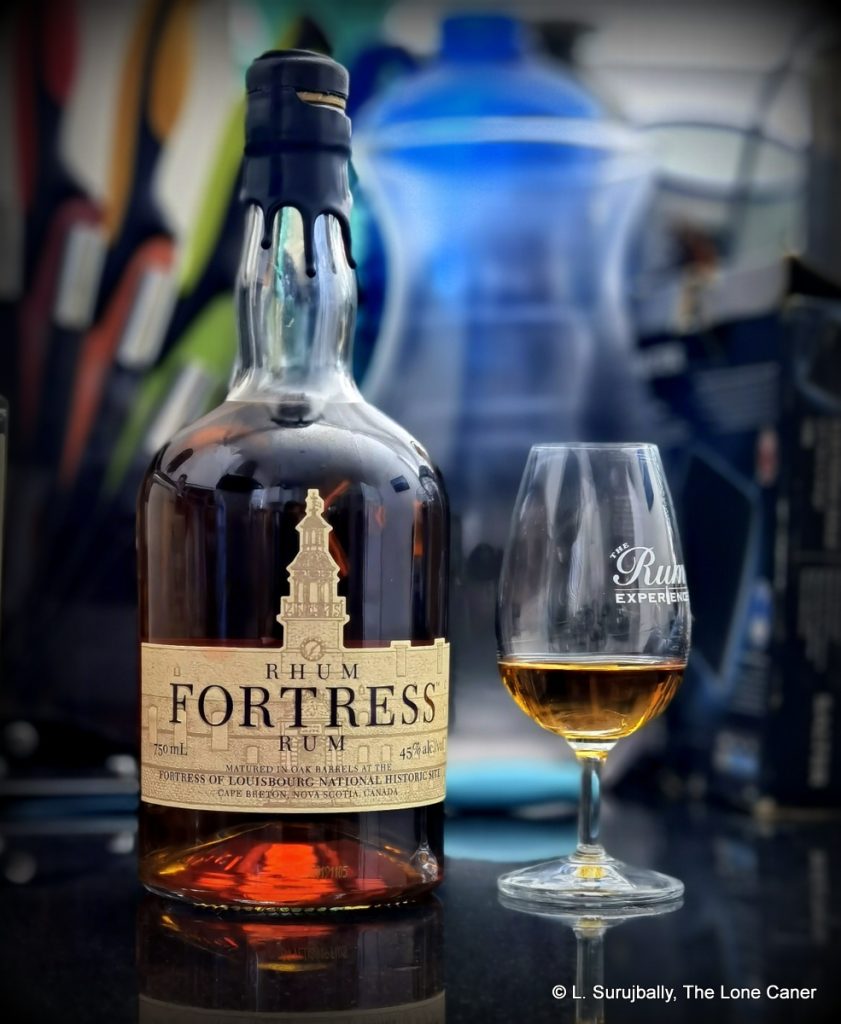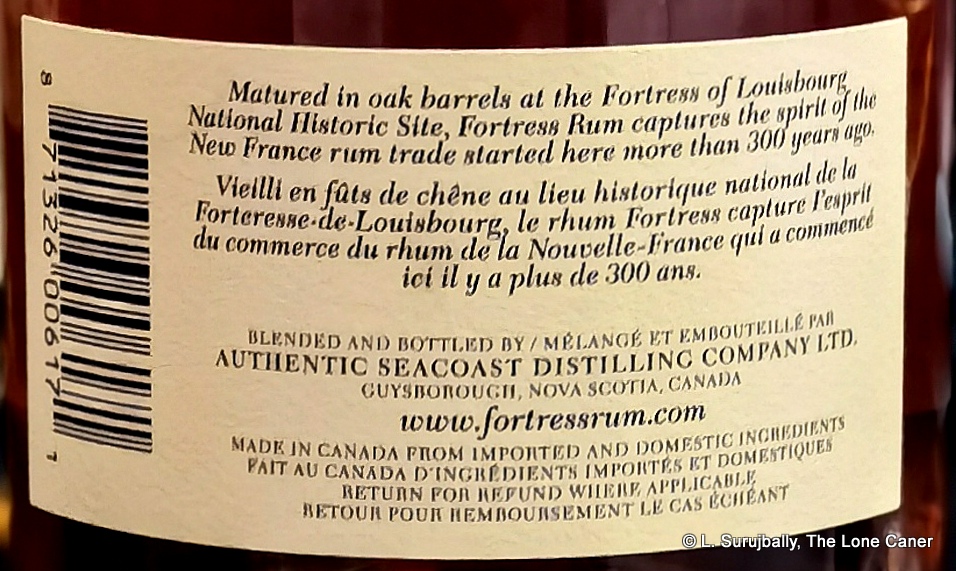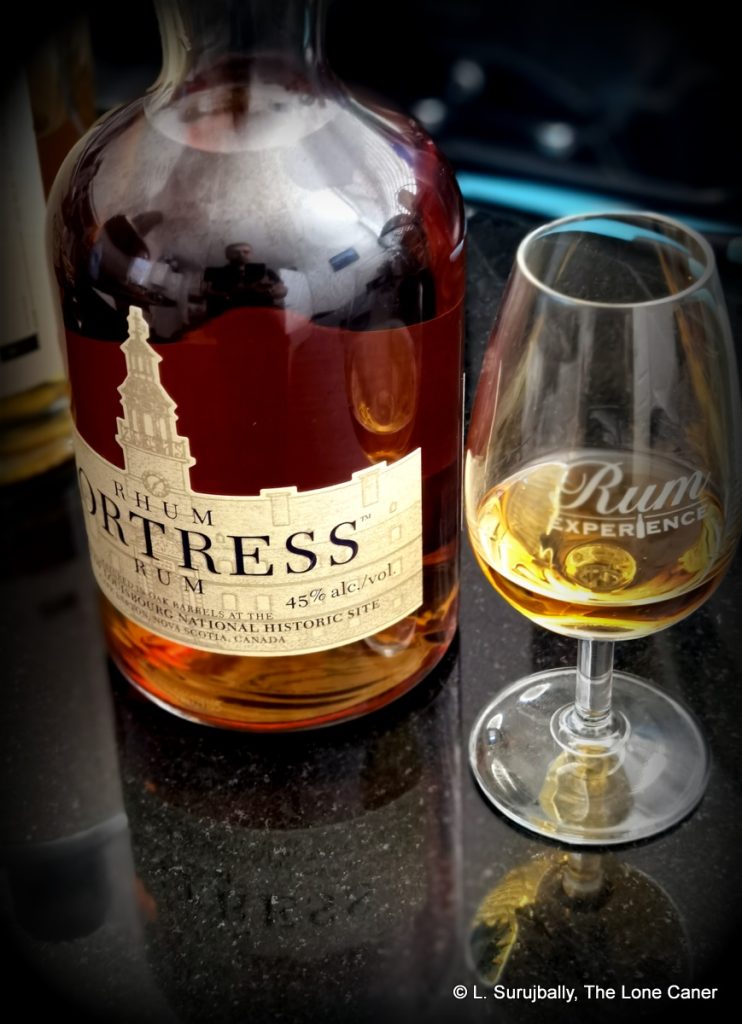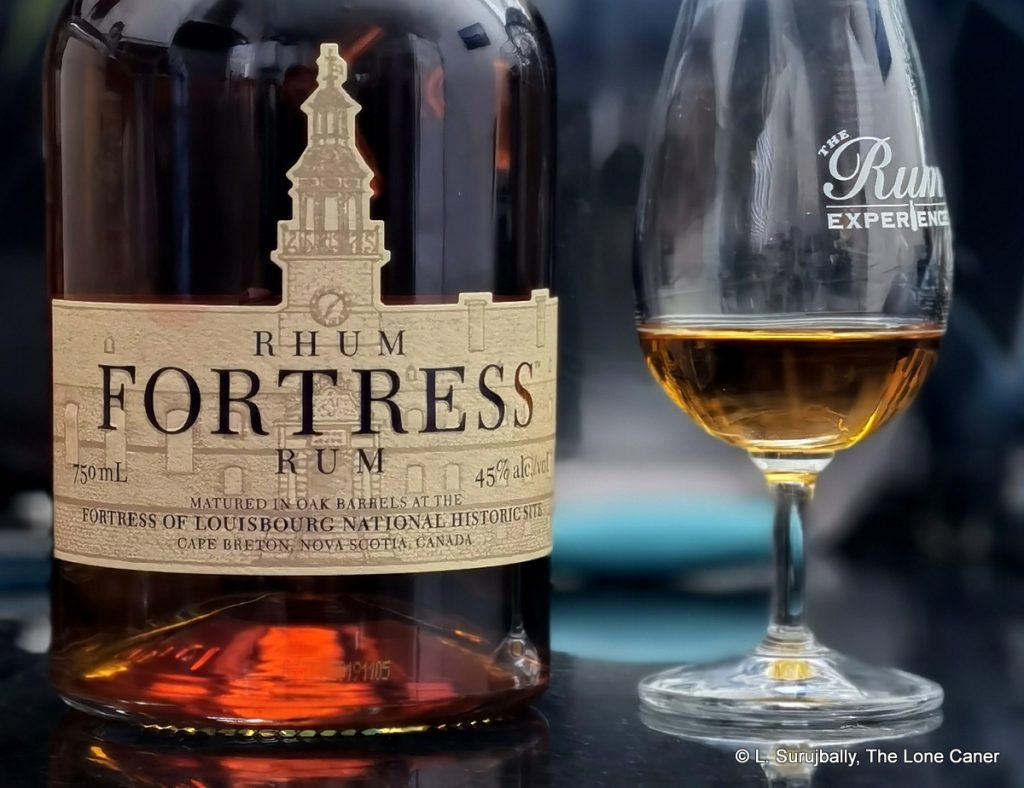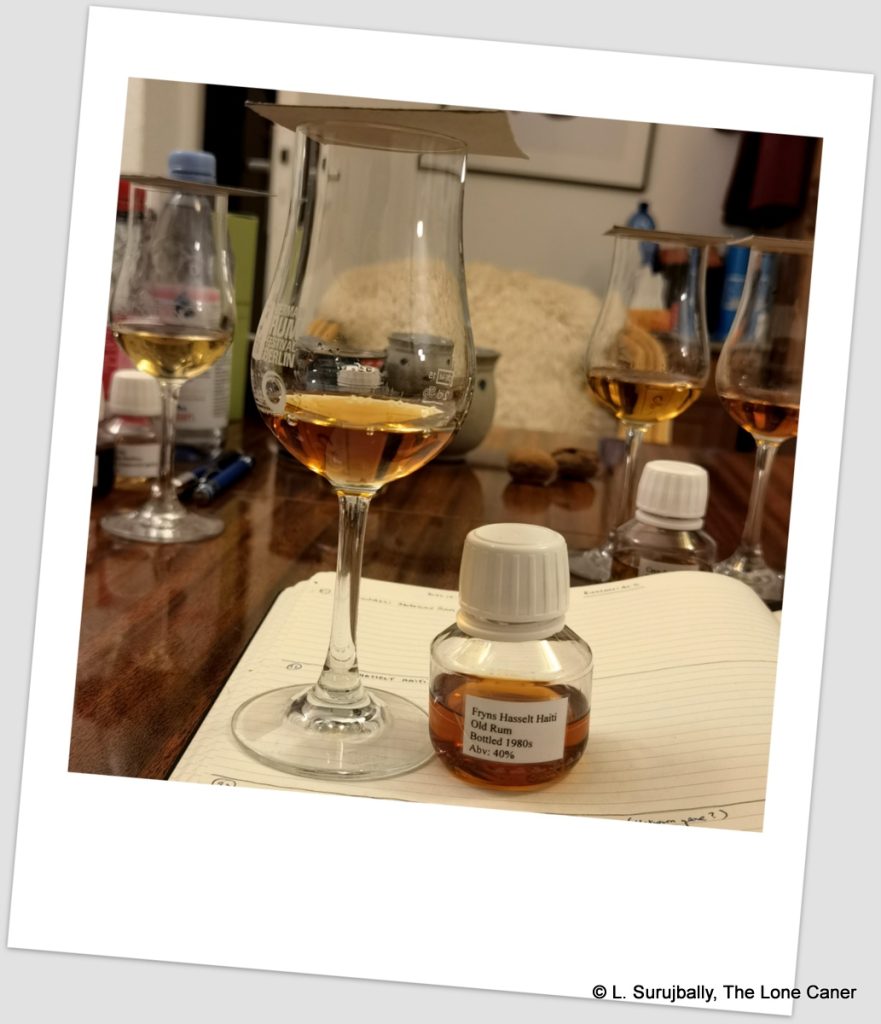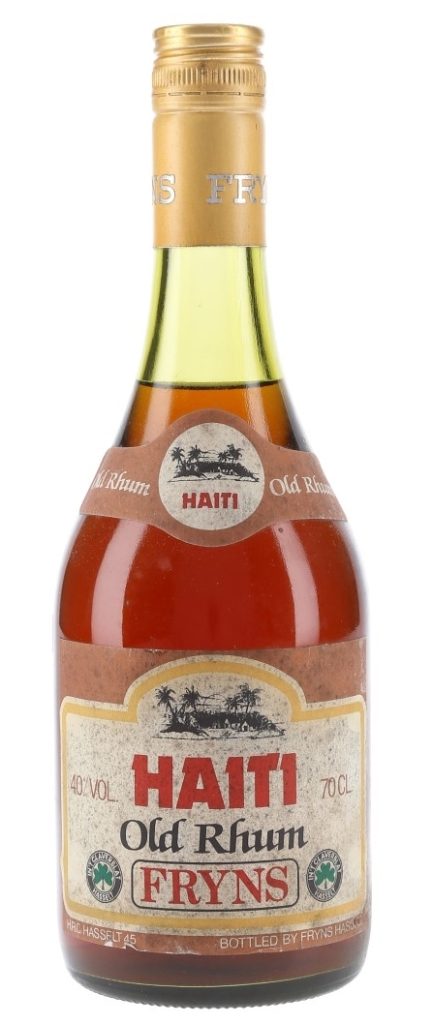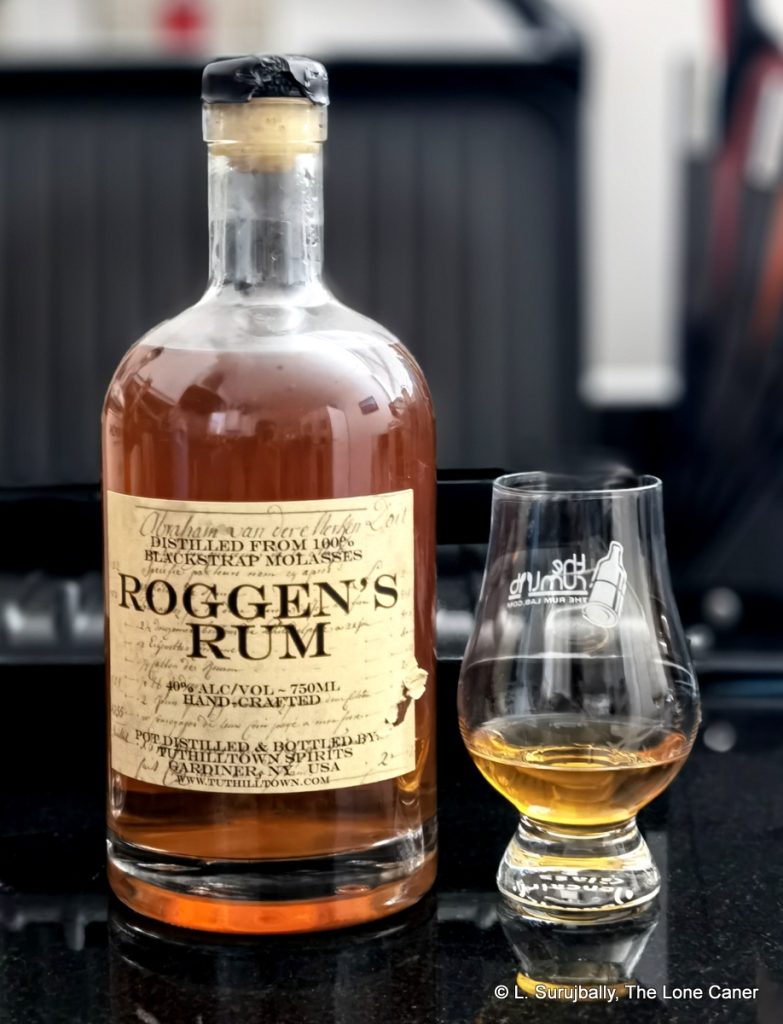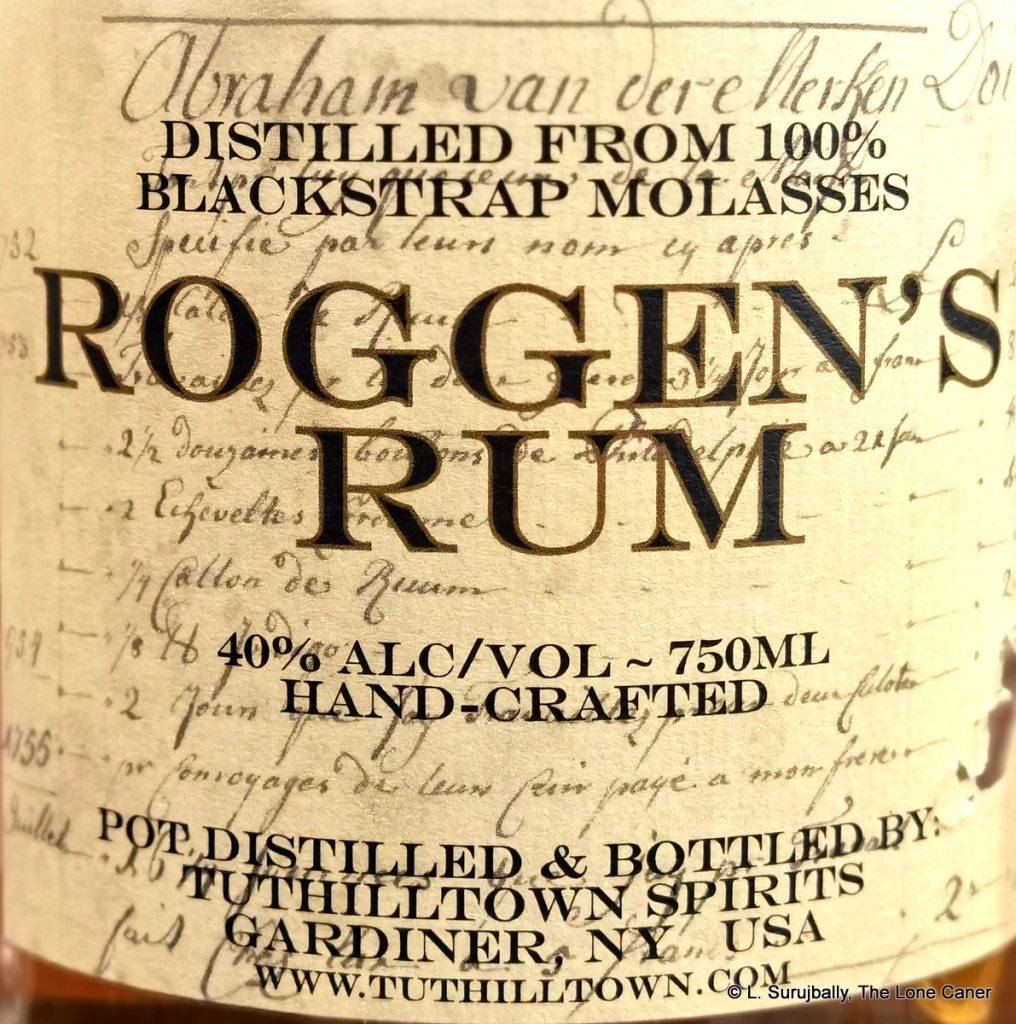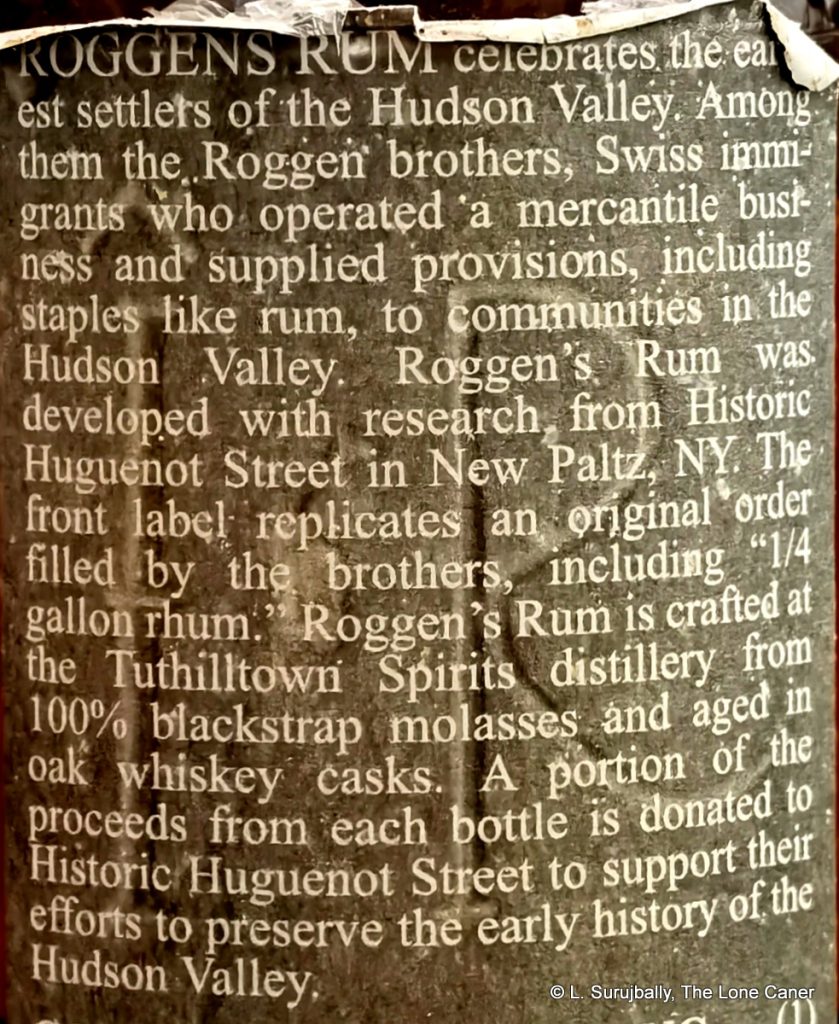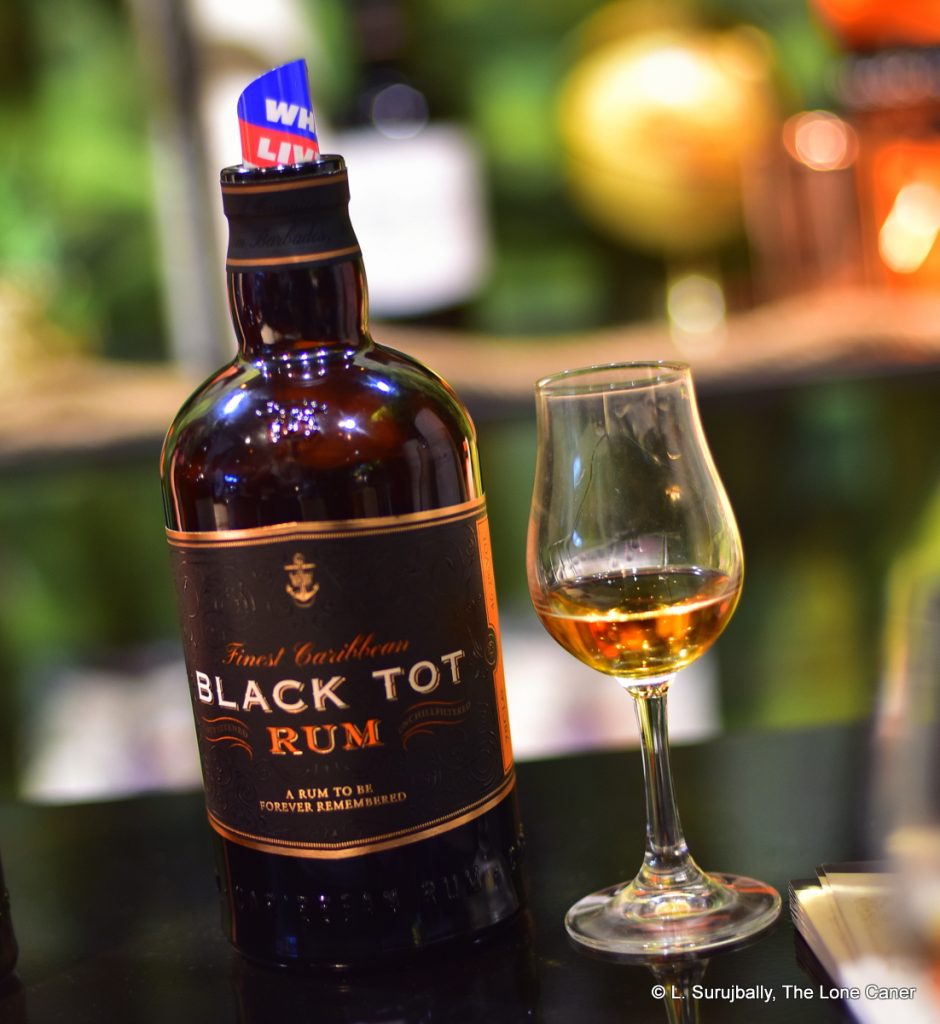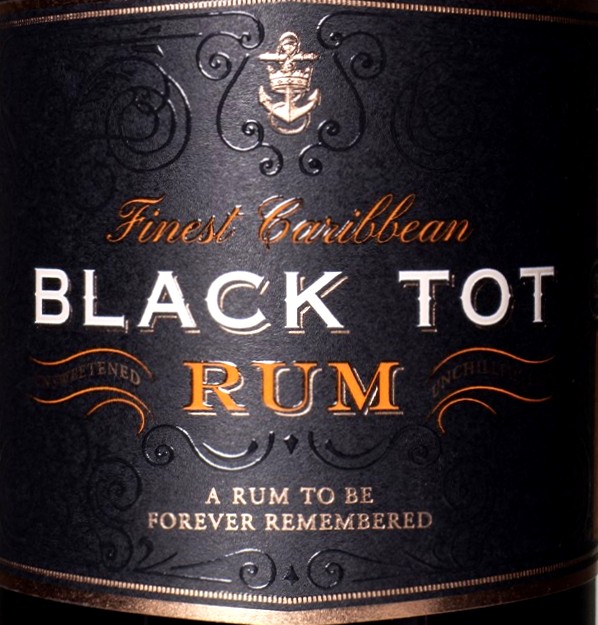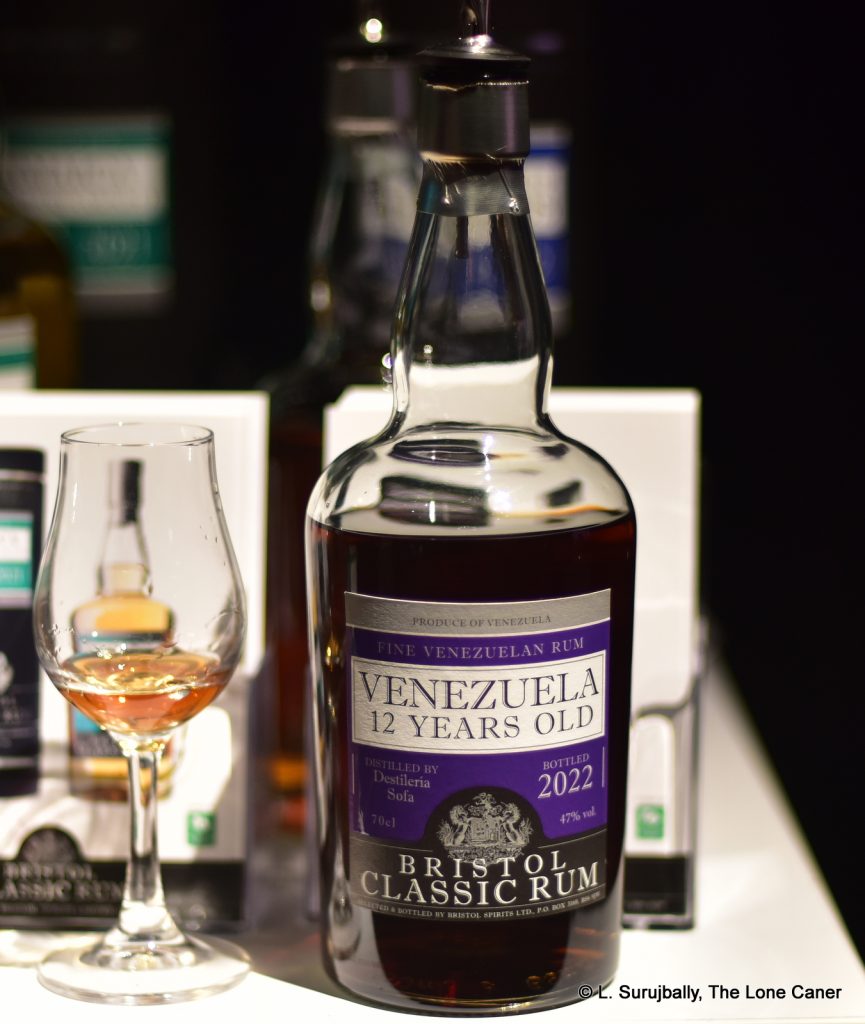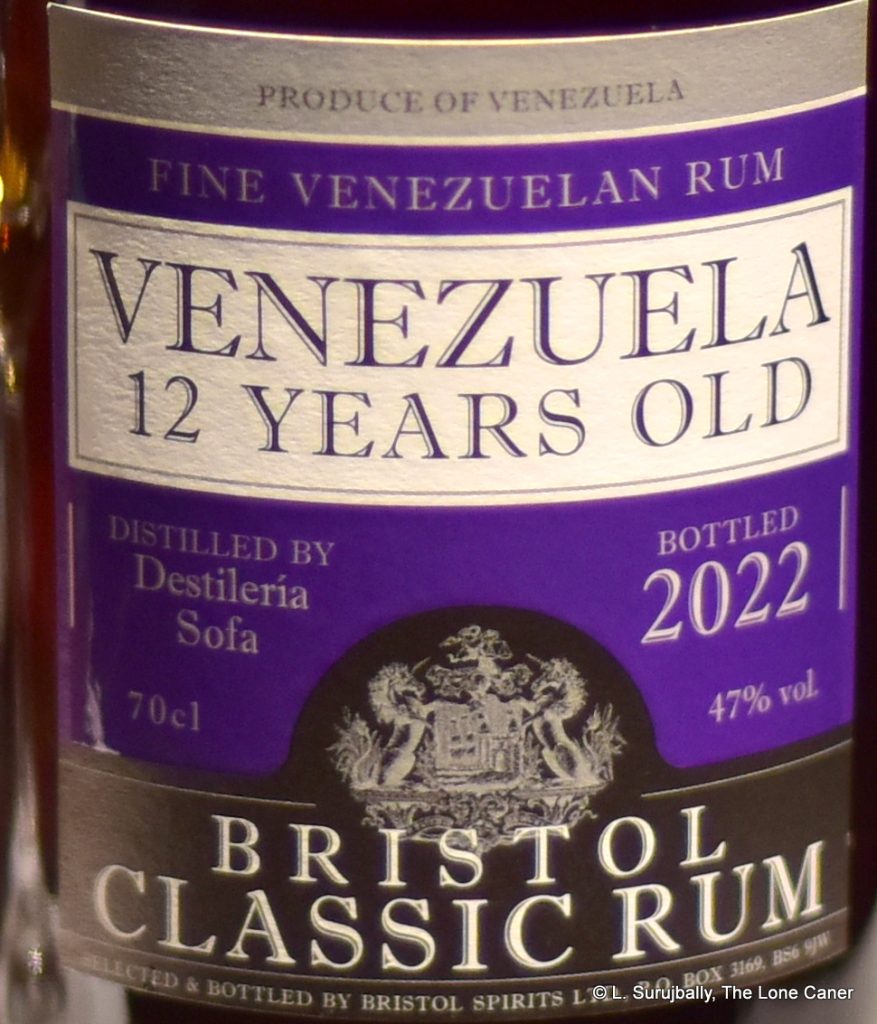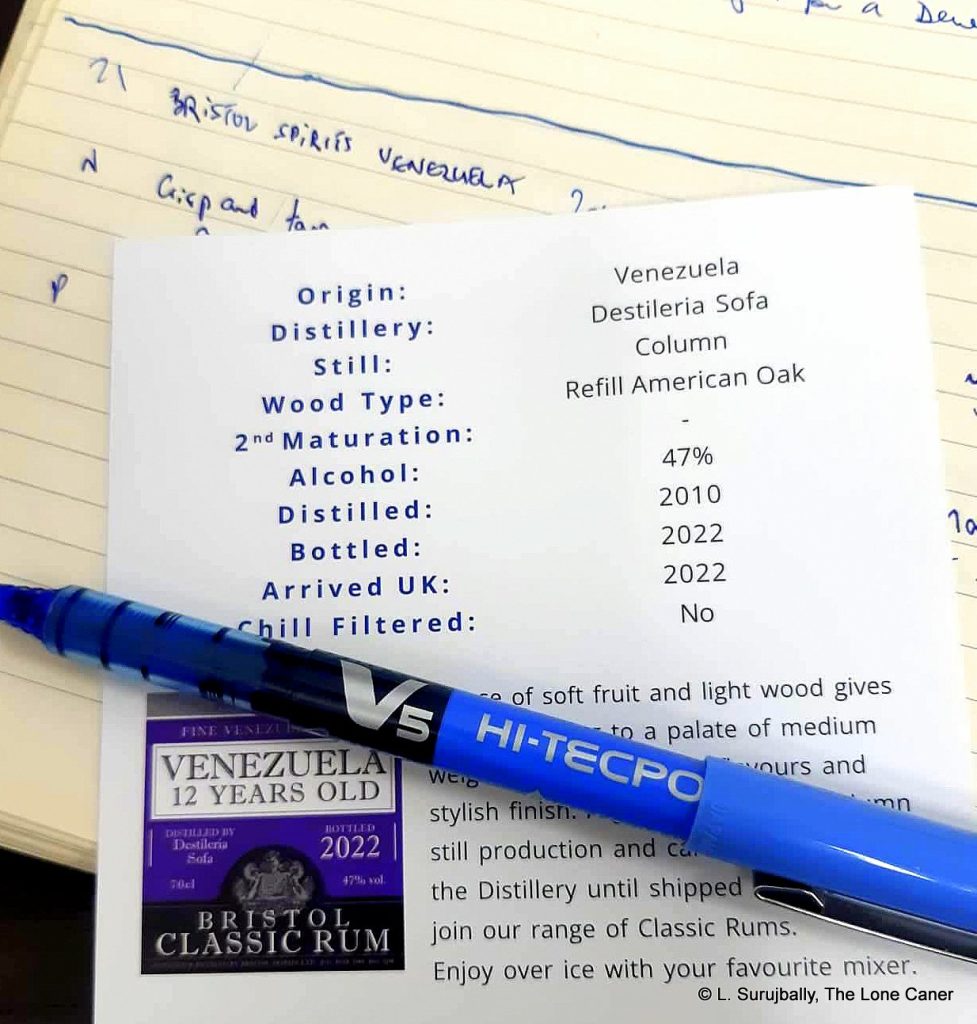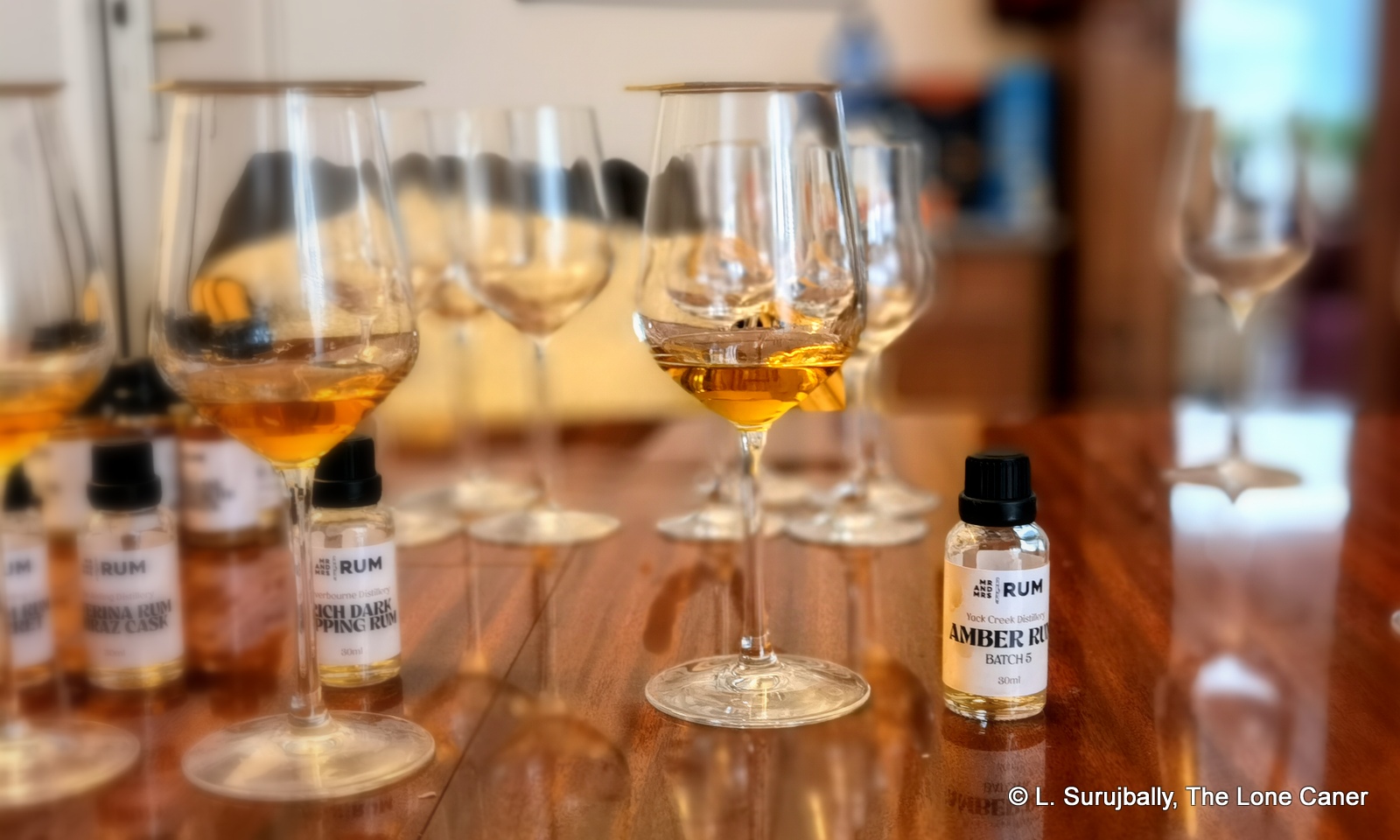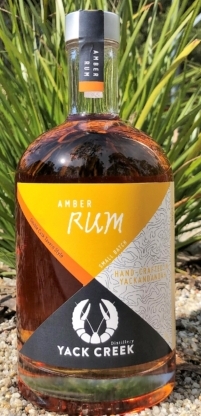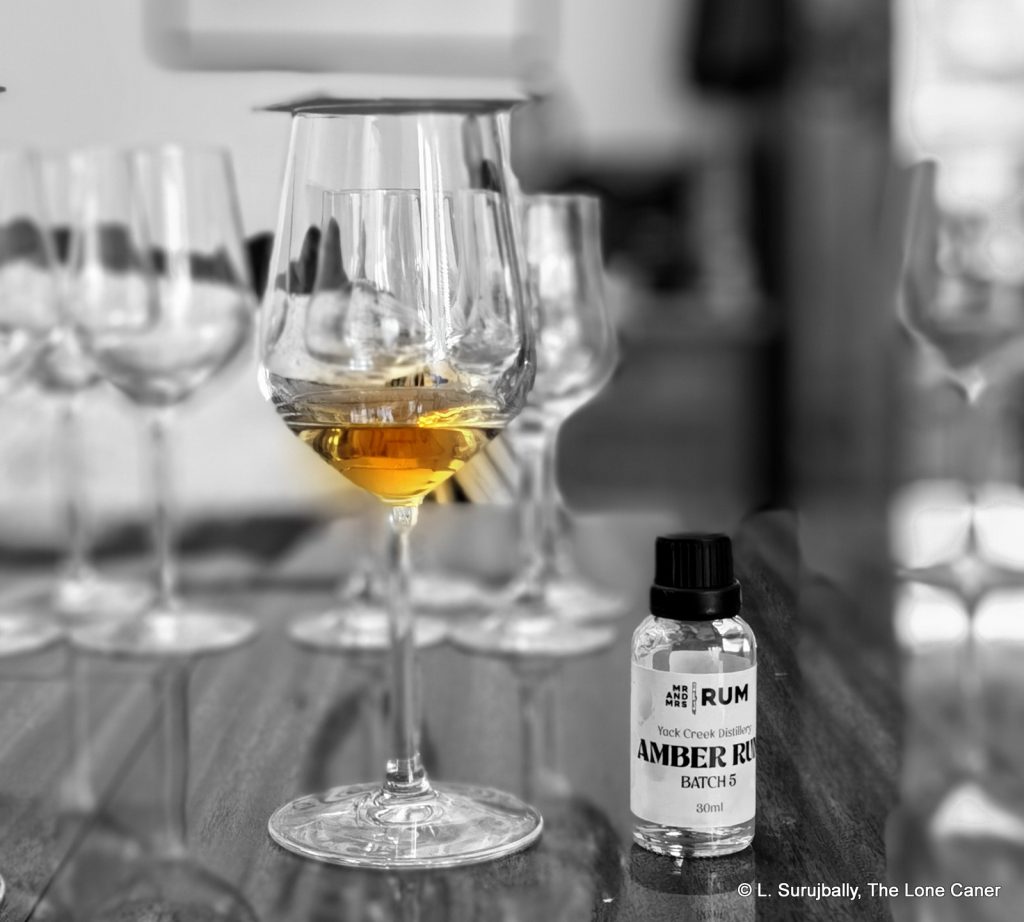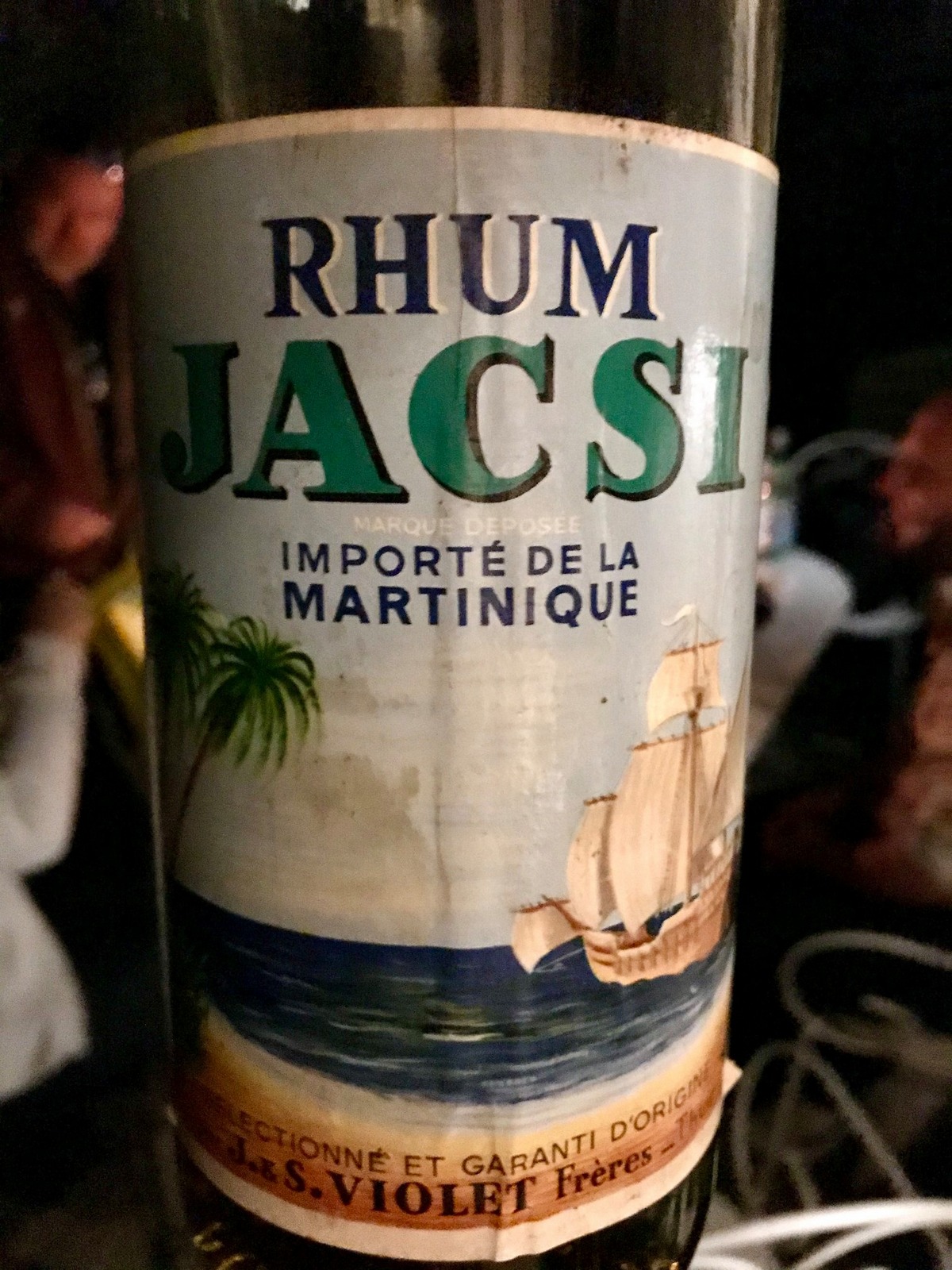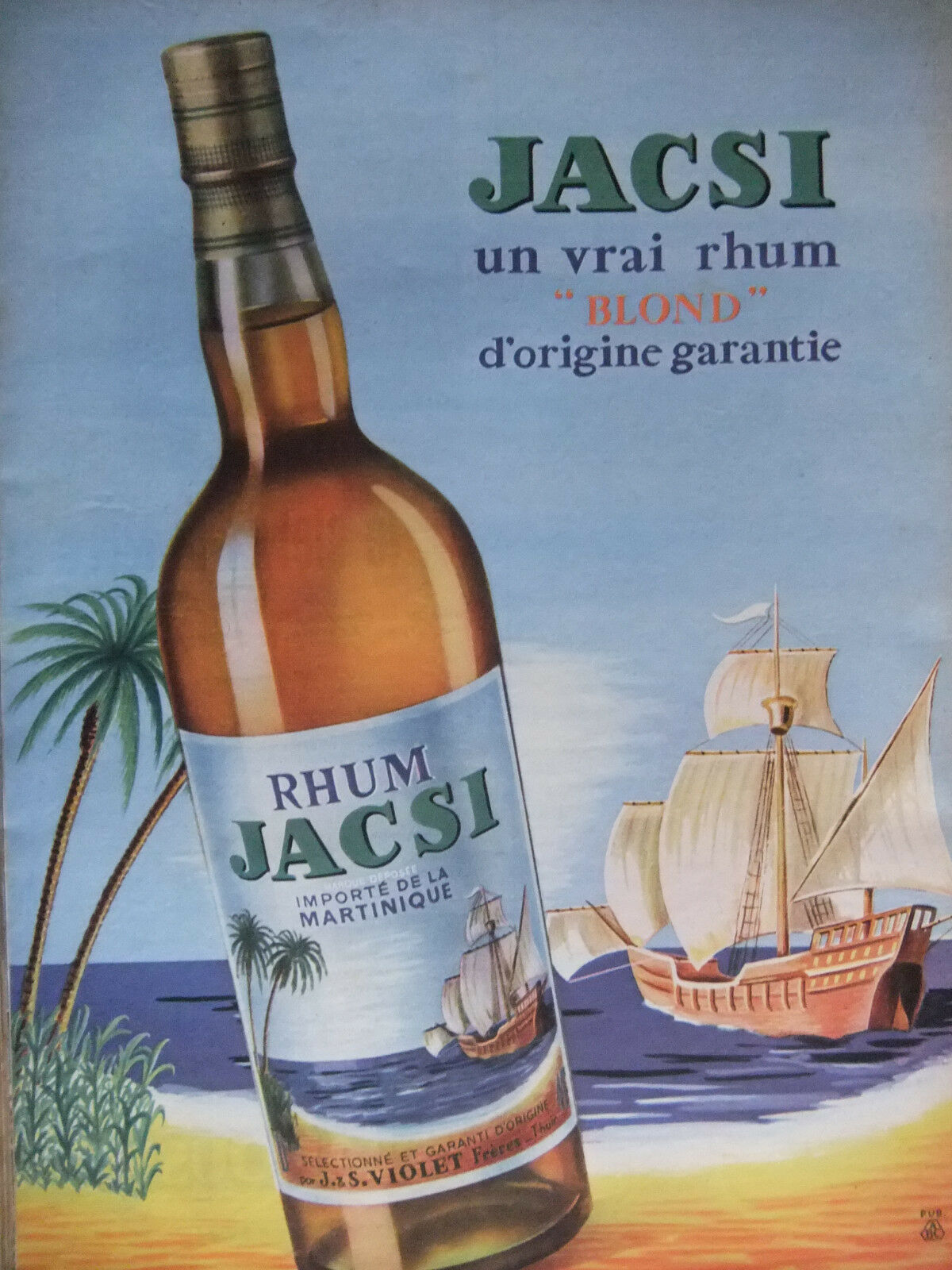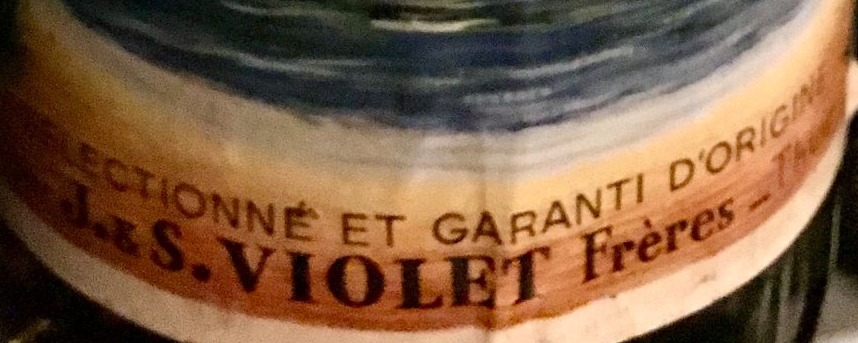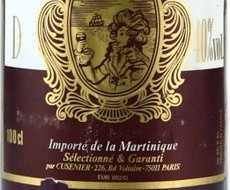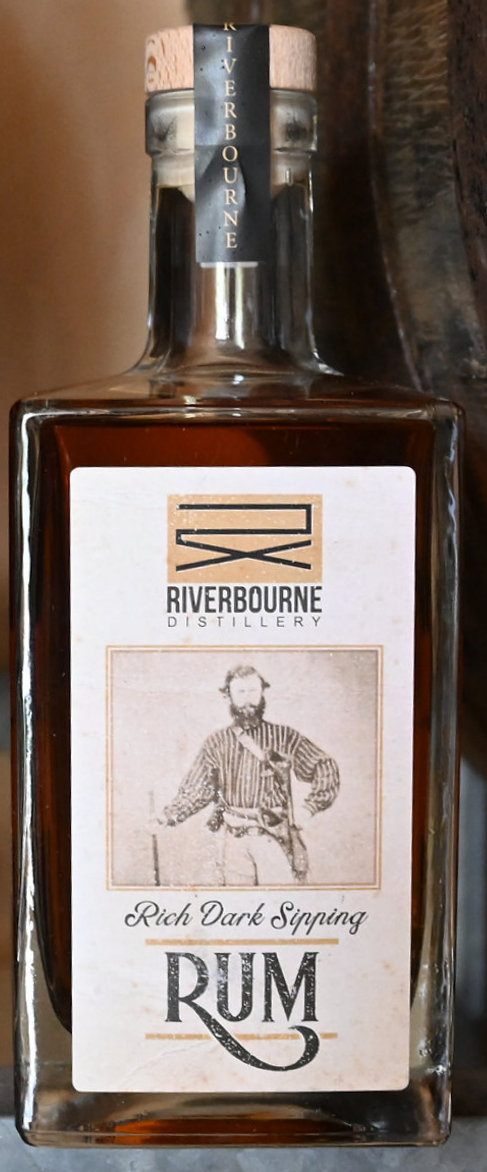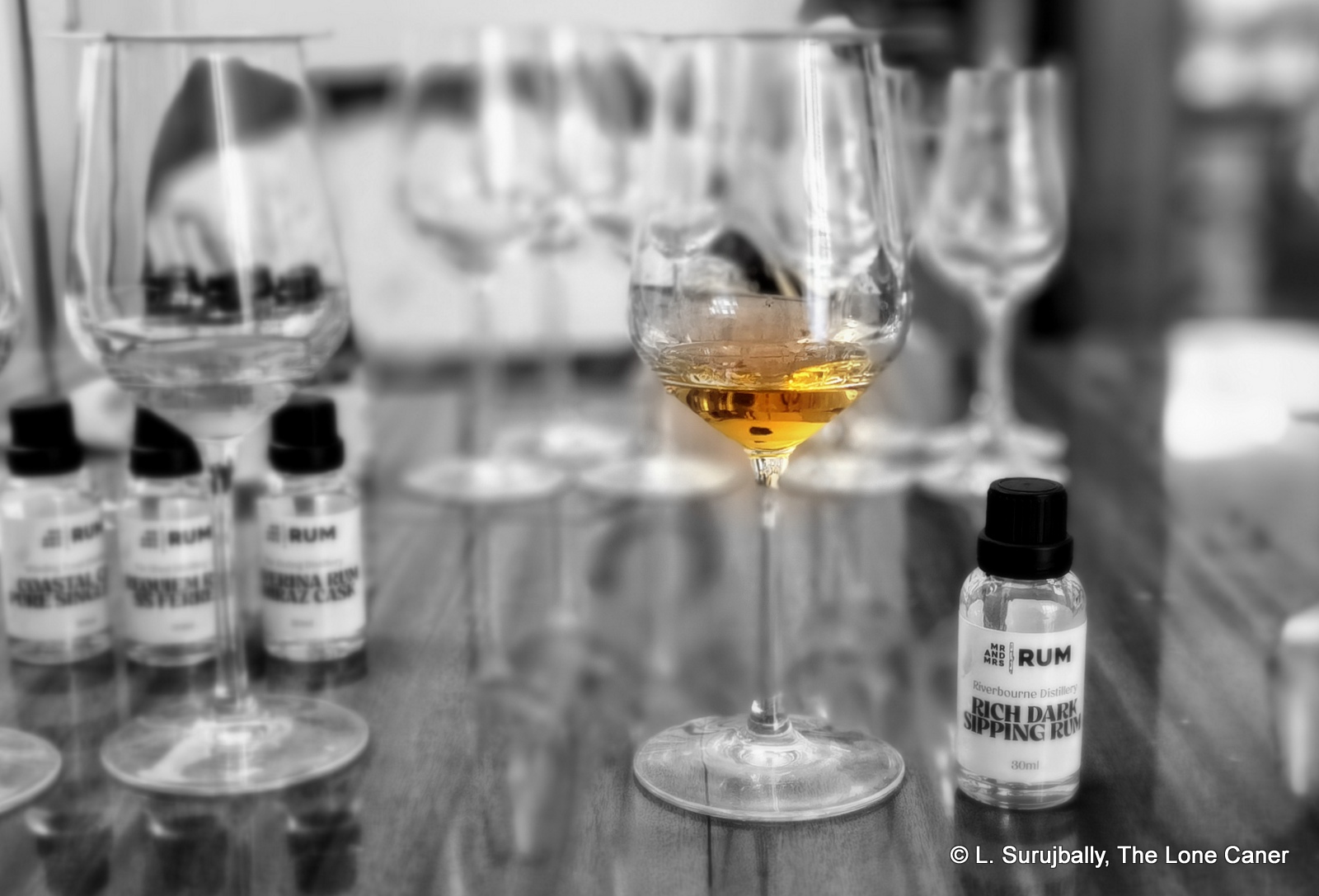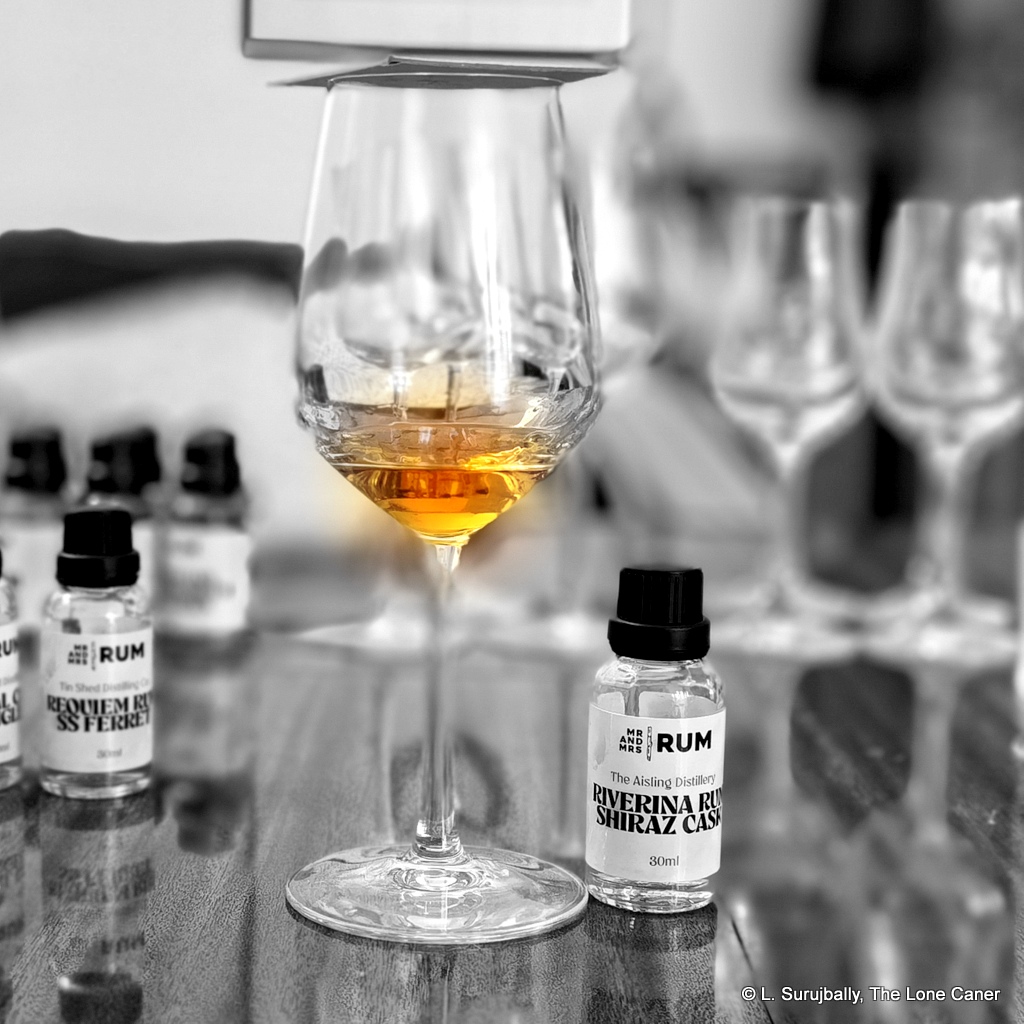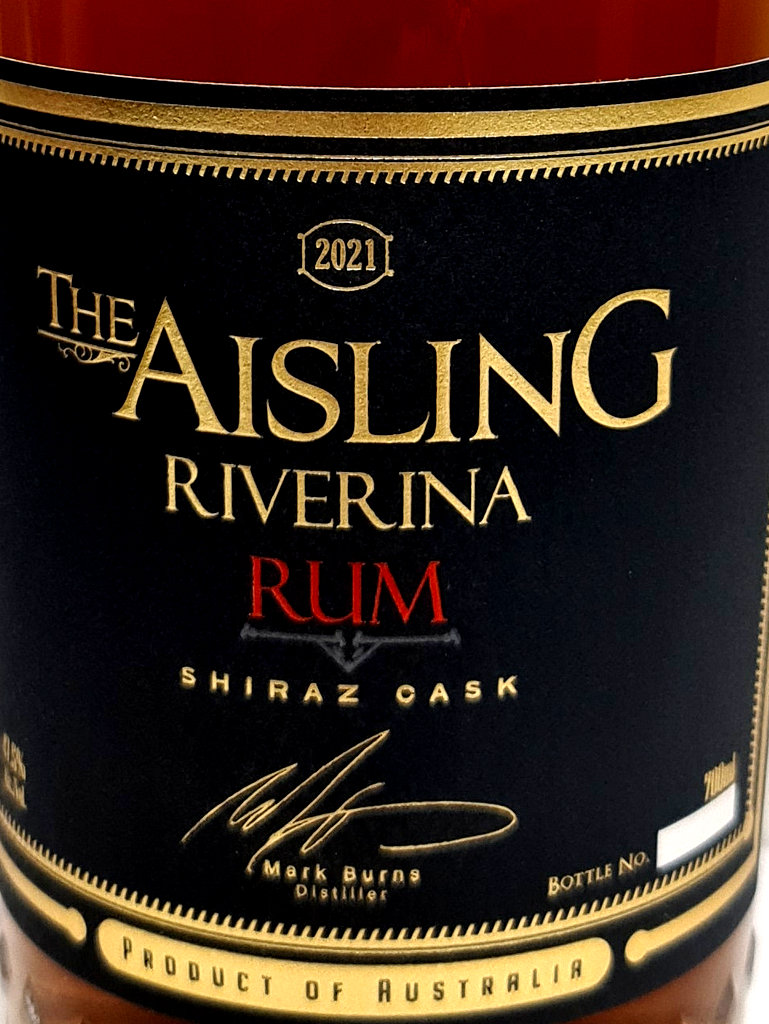Once again we start the new year off with a series of rums from the Australian Advent Calendar, 2023 Edition. First issued by the Australian rum-loving couple Mr. & Mrs. Rum in 2021, not in 2022 and now again for 2023, it answers what we out west have been wondering about for years (well…at least I have) – what’s going on with the rums being made in Australia over and beyond Bundaberg, which everyone cheerfully loathes and Beenleigh which everyone likes? Twenty four rums in the calendar, a whole raft of new and old distilleries strutting their stuff, and let me tell you, to get them to Canada was a ripping yarn in itself…not entirely unlike Butch’s father’s watch, you could say.
We begin the series out of order, with a rum from the island of Tasmania, made by a little outfit called Island Coast Spirits, located just south of Hobart, the state capital (Tasmania is an island state of Australia). It is, it should be noted, not a distillery itself since it has no equipment. The owner, Kirk Pinner, runs over to the Observatory Hill Winery (about half an hour to the NE on the other side of Hobart) which (a) is run by a friend (b) makes rum (and brandy, gin, schnapps and wine) and (c) has a still. He rents that still and makes his own rum, so not quite a contract operation like we saw with Mandakini a few weeks ago, yet not entirely a true producer or an indie either. The website is rather scanty on details, so Kirk very kindly answered an email of mine providing some of this info, and a brief company bio is provided below.
For the purposes of this review, what we need to know is the following: the rum is made on a pot still, using a combination of fermented raw cane juice and molasses…so a hybrid rum if there ever was one. Once off the still it is aged in ex-Bourbon barrels with a light char, for something just under three years and bottled at living room strength of 40%.
“[My desire was…] to produce the spirits I wanted,” Kirk wrote to me, and clearly he had something easygoing in mind. Not some backyard snarling ester-sporting beefcake that stomped all over one’s glottis, just a rum that was easy and accessible. The nose confirmed that he did fairly okay with that: it smelled of delicate icing sugar, vanilla, pastries hot from the oven, as well as more standard caramel, swiss bon-bons and a light touch of molasses and brown sugar. Also some cinnamon, eggnog, ice cream, a relatively sweetish aroma, and all over soft and straightforward and simple.
The 40% ABV made for a clean and unaggressive entry; it tasted pleasantly warm and a little sweet and came completely without aggro. Vanilla and caramel and toffee carried over from the nose. A few sweetish fruit – peaches, pears – nothing too acidic or tart. Molasses, a hot caramel macchiato, flambeed bananas, icing sugar on a cake fresh out of the oven, leading serenely to a short, finish that summed up the preceding without adding much that was new.
It’s a nice little rumlet without undue pretensions, but that same easy going nature is something of a weak point for those who like their rums more assertive. There are amber Bacardis with more going on than we see here, and I had similar remarks (and reservations) about Killik’s Gold, where I noted that such low ABV hamstrings a rum that could be better a few points higher. But that said, it will work for some, because it’s simply not trying hard to be a game changer…just a soft breezy rum for easy sipping. On that level it succeeds, and the awards it’s racked up in its brief life – a silver medal at the 2022 Australian Rum Awards in Queensland, and another silver at the World Rum Awards in London in 2023 (pot still NAS category) – suggests that others certainly seem to like what the company is offering, my own reservations notwithstanding.
(#1050)(77/100) ⭐⭐⭐
Other notes
- Fermentation time, barrel size, ratio of sugar cane juice to molasses, outturn, are all unknown
- From the 2023 Australian Advent Calendar, Day 4
Brief Historical bio
Island Coast Spirits is, as noted, a Tasmanian spirits maker (not a distillery). It was founded in October 2021 and has adhered to the principle of making their spirits on a third party’s distillation apparatus — a pot still — from the beginning. This was a conscious decision made at the inception: Kirk Pinner knew when he began planning, that he did not want the significant overheads and costs/debt associated with setting up his own distillery. He wanted the flexibility to not have all that headache but to be able to concentrate on his own desires and strengths: namely to have the ability to take on projects/new spirits on a whim without worrying about the infrastructure; and to focus more on the business relationships, ingredients, selection of barrels, blending and back end work. To that end he turned to those with some expertise (like Observatory Hill Winery) and used their skills to make his spirits.
In the three years since he began, the company now makes seven different products: Vodka, Rum, Gin and Whisky, and three flavoured vodkas. So far there is just one rum in the portfolio – this one – with another very interesting one in the pipeline waiting to be released sometime in 2024. In the meantime, the distribution within Tasmania and on the mainland is good, and Kirk is building on his success (and awards) to take his juice on the road to various F&B trade expos in Asia to promote the island, the brand and the rum.

